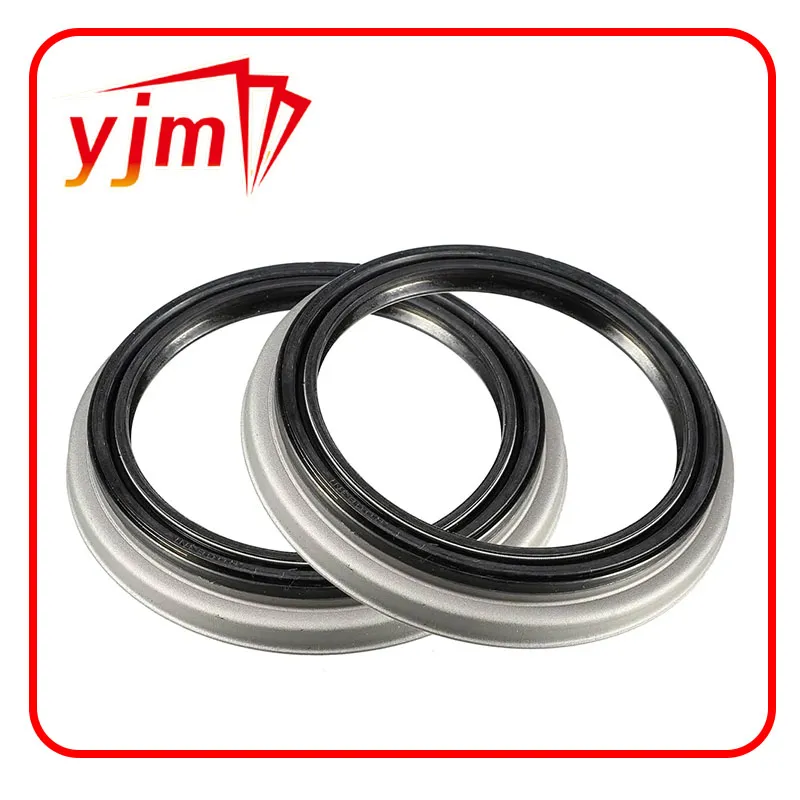Understanding Motor Shaft Seal Functions and Importance in Machinery Maintenance
Understanding Motor Shaft Seals Importance and Functionality
Motor shaft seals play a crucial role in the functionality and longevity of various mechanical systems. These seals are designed to prevent the ingress of contaminants and the egress of lubricants, ensuring that the motor operates smoothly and efficiently. Understanding their significance and components is essential for anyone involved in mechanical design, maintenance, or repairs.
At its core, a motor shaft seal consists of a flexible sealing element, typically made from rubber or a similar elastomeric material, which forms a tight fit around the shaft. This design prevents oil or grease from leaking out while simultaneously blocking dirt, dust, and other debris from entering the motor housing. It is essential for the seal to maintain its integrity under varying temperature and pressure conditions, which is why specialized materials are often used.
One of the most common types of motor shaft seals is the lip seal, which features a lip that contacts the rotating shaft. This contact creates a barrier that significantly reduces the chances of leakage. The performance and lifespan of these seals can be influenced by several factors, including the operating temperature, shaft speed, and the specific lubricants used.
motor shaft seal

During operation, a motor generates heat and vibrations that can affect the sealing materials over time. Therefore, choosing the right material for the seal based on the application is vital. For instance, in high-temperature environments, materials like fluorocarbon or silicone are preferred due to their heat resistance and durability. Conversely, applications with exposure to aggressive chemicals may require seals made of more resistant materials.
Regular maintenance and inspection of motor shaft seals are crucial for preventing catastrophic failures. A worn or damaged seal can lead to severe operational issues such as lubrication loss, overheating, and eventual motor breakdown. Signs of seal failure include visible oil leaks, an accumulation of debris around the seal area, or abnormal motor noises. Recognizing these symptoms early can save time and resources by avoiding extensive repairs.
When replacing motor shaft seals, it is important to ensure that the correct size and type are selected. Improper seals can lead to similar issues as worn seals, such as leaks and contamination. Manufacturers often provide specifications for the correct replacement part, which should always be followed.
In conclusion, motor shaft seals are vital components that ensure the efficient functioning of motor systems. Their ability to prevent leaks and protect against contaminants plays a significant role in the performance and longevity of various machinery. By understanding the importance of these seals and maintaining them properly, operators can enhance the reliability and efficiency of their motor systems, ultimately contributing to improved operational success.
-
Understanding the Front Main Engine Seal: Purpose, Maintenance, and Installation
News Jul.29,2025
-
Understanding O-Rings and Seal Rings: Types, Applications, and Custom Solutions
News Jul.29,2025
-
Understanding Crankshaft Oil Seals: Rear Seals, Pulley Seals, and Their Role in Engine Integrity
News Jul.29,2025
-
The Importance of Front and Rear Crankshaft Seals in Engine Performance and Oil Management
News Jul.29,2025
-
Crank Oil Seals: Functions, Types, and Cost Considerations in Engine Maintenance
News Jul.29,2025
-
A Comprehensive Guide to O-Rings and Seals: Types, Materials, and Global Applications
News Jul.29,2025
-
Mastering Diesel and Performance Engine Maintenance: A Guide to Critical Oil Gaskets
News Jul.28,2025
Products categories















